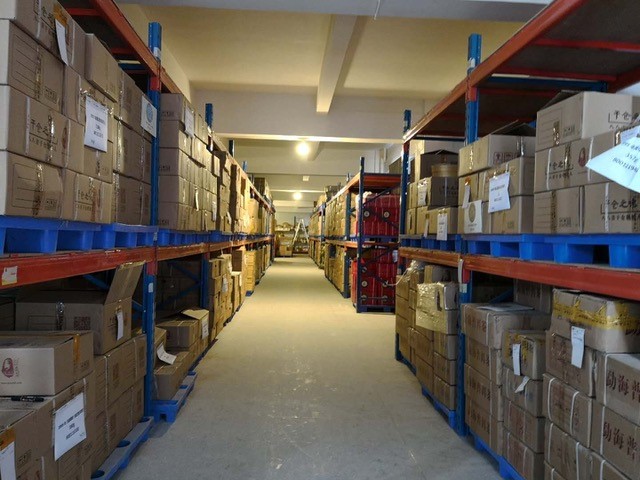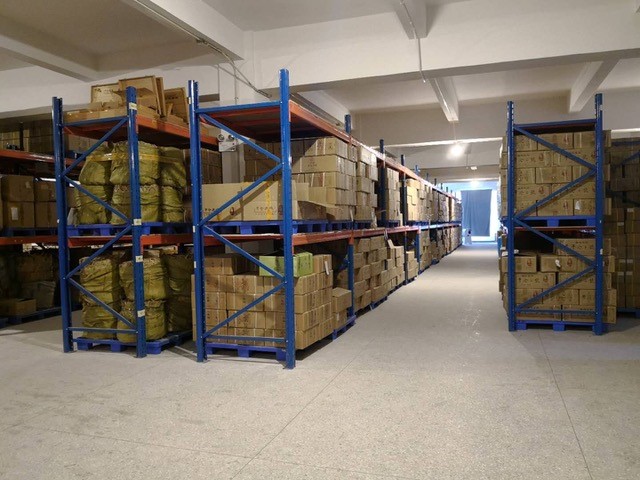
 Pu-erh tea belongs to the dark tea category. Dark teas undergo a fermentation process that can include both microbial fermentation and oxidation. Like fine wines, dark teas can improve with age and proper storage conditions can enhance their flavors and aromas over time.
Pu-erh tea belongs to the dark tea category. Dark teas undergo a fermentation process that can include both microbial fermentation and oxidation. Like fine wines, dark teas can improve with age and proper storage conditions can enhance their flavors and aromas over time.
The exact transformations of the tea leaves that occur over time remain somewhat mysterious, fueling curiosity among pu-erh enthusiasts. The lack of information has led to debates, experiments, and research into the best aging methods for pu-erh tea cakes.
Historically, tea merchants in Asia stored and aged their tea in hot, humid warehouses to expedite its transformation. However, since the early 1990s, dry storage-keeping tea in a natural, room-temperature environment-has gained preference, allowing the tea to age at its own pace.
 The aging of tea in natural conditions is influenced by various climatic factors. Teas aged in different regions often exhibit distinct flavor profiles. For example, pu-erh aged in Hong Kong or Malaysia typically develops differently than those aged in Beijing or Kunming due to variations in temperature and humidity. Warmer, more humid environments tend to accelerate the transformation of the leaves, resulting in a smoother, earthier flavor more quickly. Conversely, teas stored in cooler, drier conditions may evolve more slowly, preserving the original aromas and characteristics.
The aging of tea in natural conditions is influenced by various climatic factors. Teas aged in different regions often exhibit distinct flavor profiles. For example, pu-erh aged in Hong Kong or Malaysia typically develops differently than those aged in Beijing or Kunming due to variations in temperature and humidity. Warmer, more humid environments tend to accelerate the transformation of the leaves, resulting in a smoother, earthier flavor more quickly. Conversely, teas stored in cooler, drier conditions may evolve more slowly, preserving the original aromas and characteristics.
These variations have prompted pu-erh vendors to identify the locations of tea storage-such as Kunming, Menghai, Hong Kong, or Beijing-alongside the types of leaves and their regions.
As the popularity of pu-erh has risen in recent decades, collectors and vendors have sought the ideal aging environment, some resorting to using temperature/humidity controlled warehouses. However, no everyone can go to this extent to age their tea cakes. Also there is no single correct method for aging pu-erh tea; the approach depends on the desired outcome. Those who prefer the traditional darker, earthier, and mellower taste often opt for more humid and hot storage conditions. In contrast, individuals who favor a richer mouthfeel and original tea fragrance may choose to store their tea in drier locations. Some even perfer to shrink-wrapping or using zip-lock pu-erh bags for storage.
Regardless of the environment in which you age your tea, several important guidelines can affect the ultimate outcome:
By following these guidelines, tea enthusiasts can effectively manage the aging process of pu-erh tea to achieve their desired flavor and aroma profiles.

